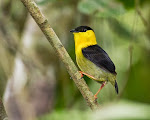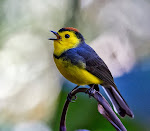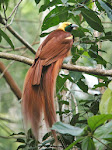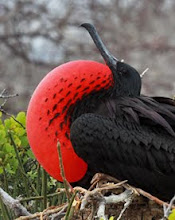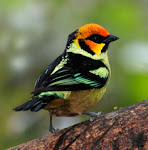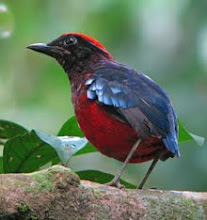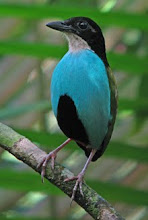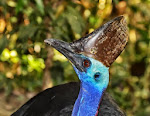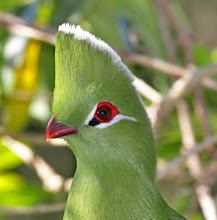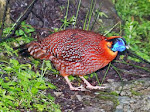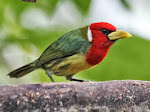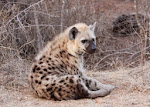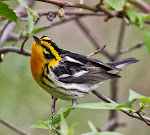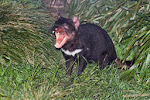


Well it all had to come to an end sometime. On this day we breakfasted early, jumped back in our now familiar canoe and were paddled back up to the Napo River to connect with our motor boat out to Coca and our flight to Quito for the tour end. We squeezed in as much as we could as we gently made our back up the narrow forest-fringed creek. However, before we reached the creek we crossed the lake one final time and were greeted with the now familiar dawn chorus of hissing Hoatzins, and the boisterous Black-capped Donacobious (top photo) that greeted us noisily each morning of our stay at Napo. Highlight of the morning was surely though an unexpected 4 different Agami Herons, including two juveniles (bottom photo). While drifting along we also came face to face with a female Plumbeous Antbird that hopped onto a small branch alongside our canoe (second photo), and finally had some good looks at Rufous-tailed Flatbills above our canoe, that had been largely avoiding us until then! Other finds before we reached the Napo were several Rufescent Tiger-herons, a female Black-tailed Trogon, Little Cuckoo, and a last gasp roosting Great Potoo, that got pushed out of its prominent roost spot by a rather too friendly group of White-fronted Capuchins and Common Squirrel Monkeys. Although primate highlight was our tenth and final monkey of the trip: a pair of the distinctly odd Monk Saki being seen along there too.
Once back in Coca we took a half hour flight across the Andes, looking down on some impressive volcanic white snow cones in this range, before we dropped down into Quito to end our magical time in the Amazon.















































